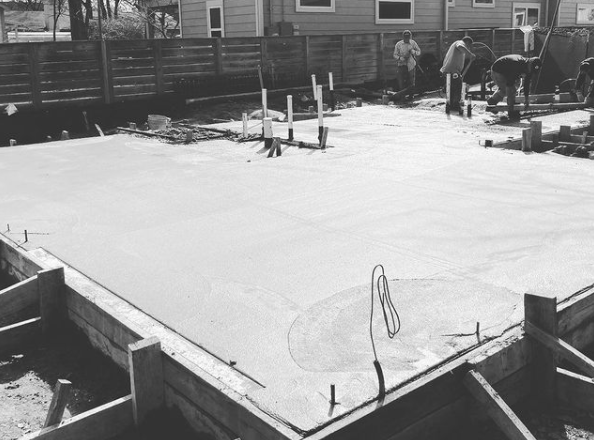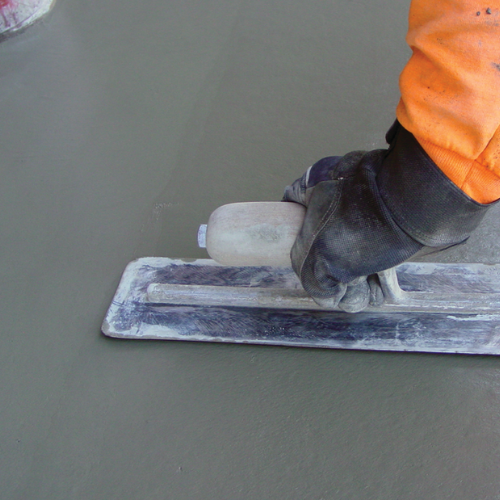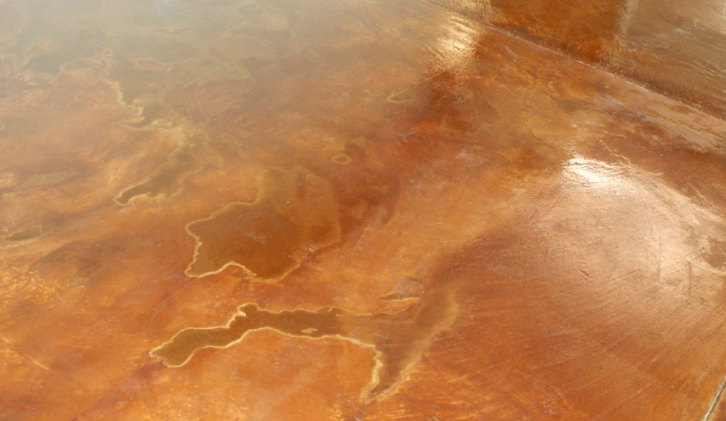A concrete finish refers to the surface treatment applied to concrete to achieve a desired texture, appearance, and functionality. They are used for both indoor and outdoor applications and can range from smooth and glossy to textured and rough. Each type of concrete finish has its own unique properties and advantages, and the choice of which to use will depend on the specific project requirements and desired aesthetic.
Types of Concrete Finishes
Timber Shuttering is a structural support for casting/framework in any concrete works. It provides low cost and is easy to form in any shape, size and height.
Smooth Finish : This finish is created by troweling the surface of the concrete to create a smooth, even surface. It is commonly used for interior floors, countertops, and walls
Formliners Finish concrete is achieved by using different kind of casts/molds, patterns and textures to achieve the desired architectural appearance or design .
Filter Mats is a type of concrete finish that is commonly used in the construction of industrial floors, particularly in areas where liquids, chemicals, or other substances are present. It is a specialized type of finish that is designed to provide a high level of slip resistance and durability, while also allowing for the easy cleaning and removal of spills and other substances. It is commonly used in a range of industrial and commercial applications, including food processing plants, laboratories, manufacturing facilities, and warehouses.
Oriented Strand Board or OSB is commonly used in residential and commercial construction. OSB is suitable for load-bearing applications such as floor, roof and wall sheathing.
Exposed Aggregate Effects : This finish is created by removing the top layer of the concrete to reveal the aggregate (small stones and pebbles) underneath. It is one of the most durable and skid resistance kind of surfaces that could last for over forty years without the need of ay major maintenance. It creates a textured surface that is commonly used for driveways, patios, pool decks and plazas. It is also possible on concrete walls or tilt-up panels.
For steps watch here: https://www.youtube.com/watch?v=Vg3P4GJQqSE
https://www.youtube.com/watch?v=XL07qoDbbFE
Blasting Finish Concrete is a cleaning process of concrete using an abrasive blasting technique to blow or remove surface contaminants such as dirt, grime or paint. It is a very helpful method for resurfacing floors and restoring the concrete from its original condition.
Surface Dressing is composed of a thin film of binder ( asphalt or tar) dispersed into the road, protected and covered with a layer of stone chippings.
More on: https://www.youtube.com/watch?v=zfYPHSSQIIk
Credit Image: https://www.rnsurfacing.co.uk/surface-dressing.html
Acid- Stained Finish is a concrete finishing process made up with the combination of concrete, water, hydrochloric acid and acid-soluble metallic salts. This finish is created by applying an acid stain to the surface of the concrete. It creates a variegated, marbled effect that is commonly used for floors and countertops in homes and restaurants.
Read more on https://www.expressions-ltd.com/products/concrete-acid-stain-4oz-sample
Credit Image : https://www.expressions-ltd.com
Colored Finished is achieved by mixing added coloring agents or dye directly to the concrete mix next to pouring. Stain/Dye application is usually followed up by putting of a sealer on top of the concrete to preserve the surface. It can be used to create a wide range of colors and is commonly used for floors, walls, and countertops.
Benefits of Concrete Finish
Improved durability: Concrete finishes can improve the durability of concrete surfaces by protecting them from damage caused by weather, wear and tear, and other factors.
Increased safety: Some finishes, such as the broom finish, can improve the slip resistance of concrete surfaces, making them safer to walk on.
Enhanced aesthetics: Concrete finishes can enhance the visual appeal of concrete surfaces by providing different textures, colors, and patterns.
Reduced maintenance: Certain finishes, such as the polished finish, can make concrete surfaces easier to clean and maintain, reducing the need for frequent cleaning and repairs.
Longevity: Concrete finishes can help prolong the lifespan of concrete surfaces by protecting them from damage and wear.
Resistance to stains: Finishes such as acid-stained or colored finishes can help to make concrete surfaces more resistant to stains and discoloration, which can be particularly useful in areas with heavy foot traffic.
Conclusion
The type of concrete finish plays an important role in the construction and architecture industry by enhancing the aesthetic appeal, durability, safety, functionality, maintenance of structures and environmental factors. By choosing the appropriate type of finish for a specific project requirement, architects and builders can achieve their desired outcome while also ensuring the longevity and safety of the structure.
Article Sources:
https://civiltoday.com/civil-engineering-materials/concrete/270-concrete-definition-components-types
https://www.designingbuildings.co.uk/wiki/Types_of_concrete
https://theconstructor.org/concrete/types-concrete-applications/19779/
https://www.procrewschedule.com/concrete-in-construction-uses-advantages-and-types









